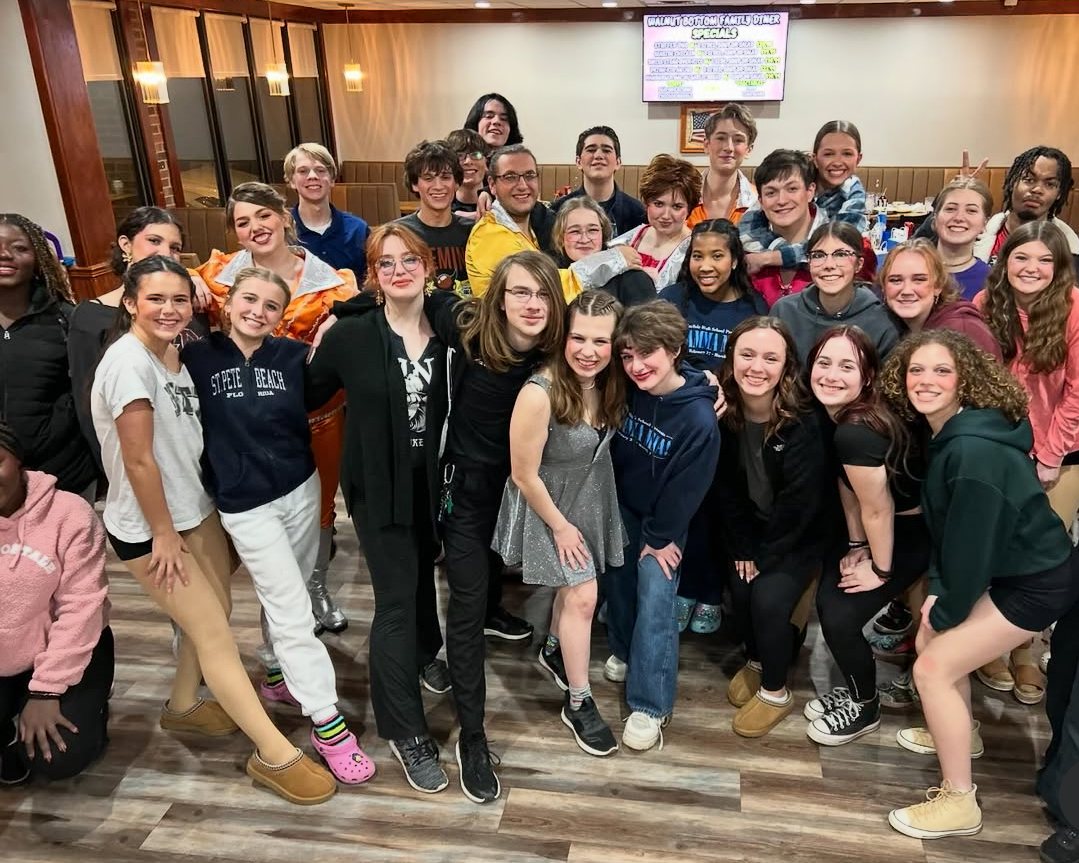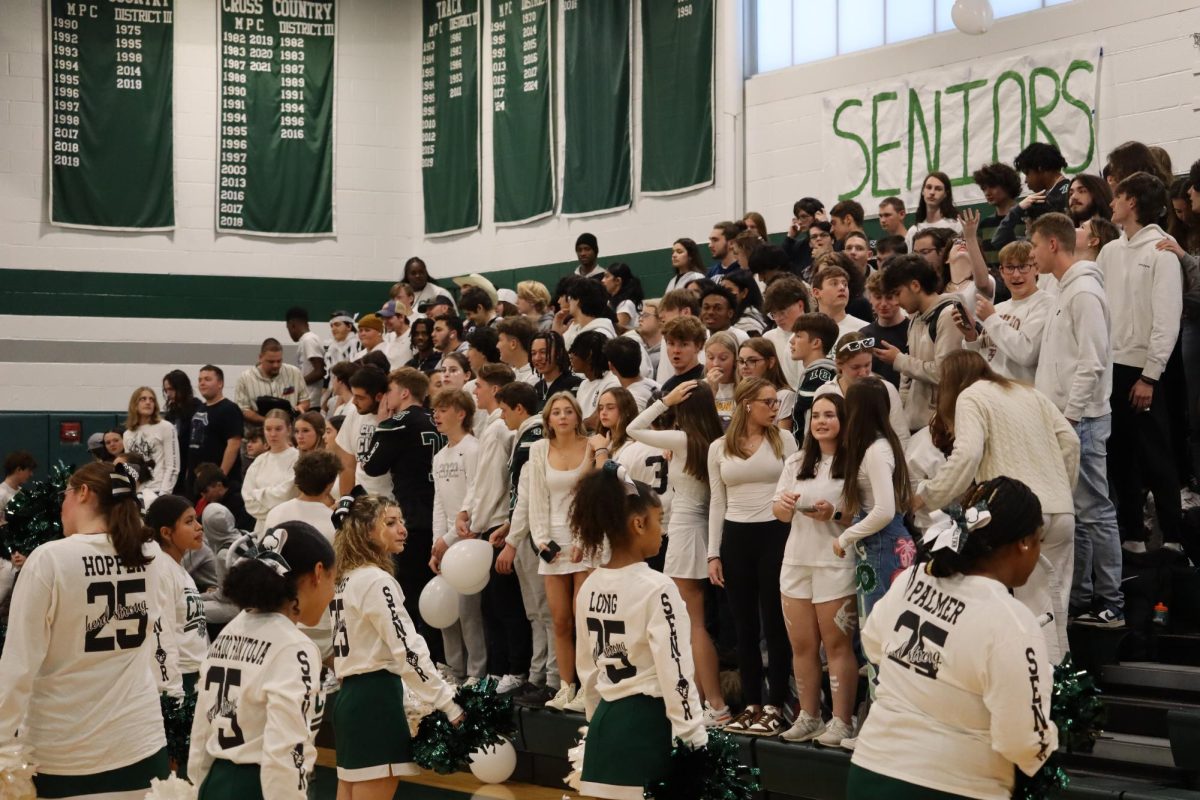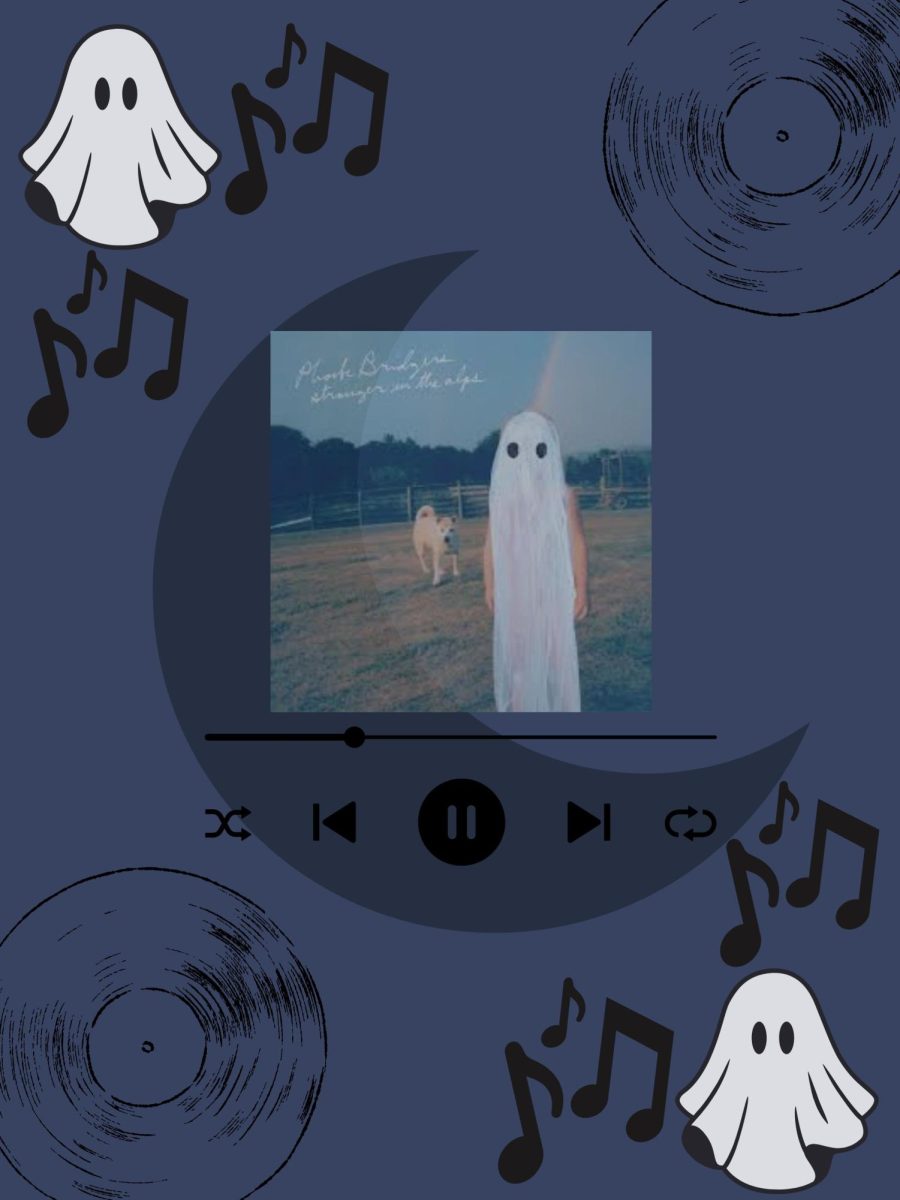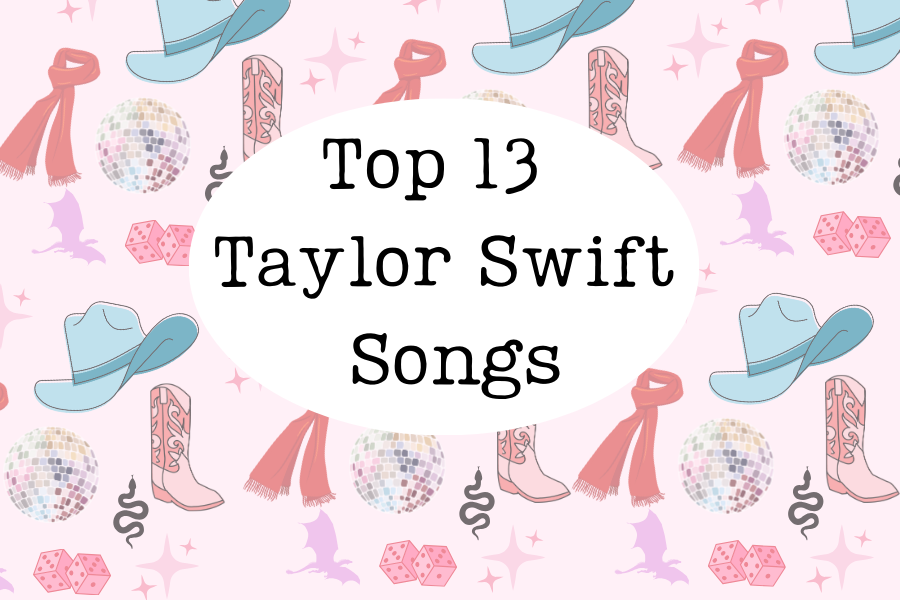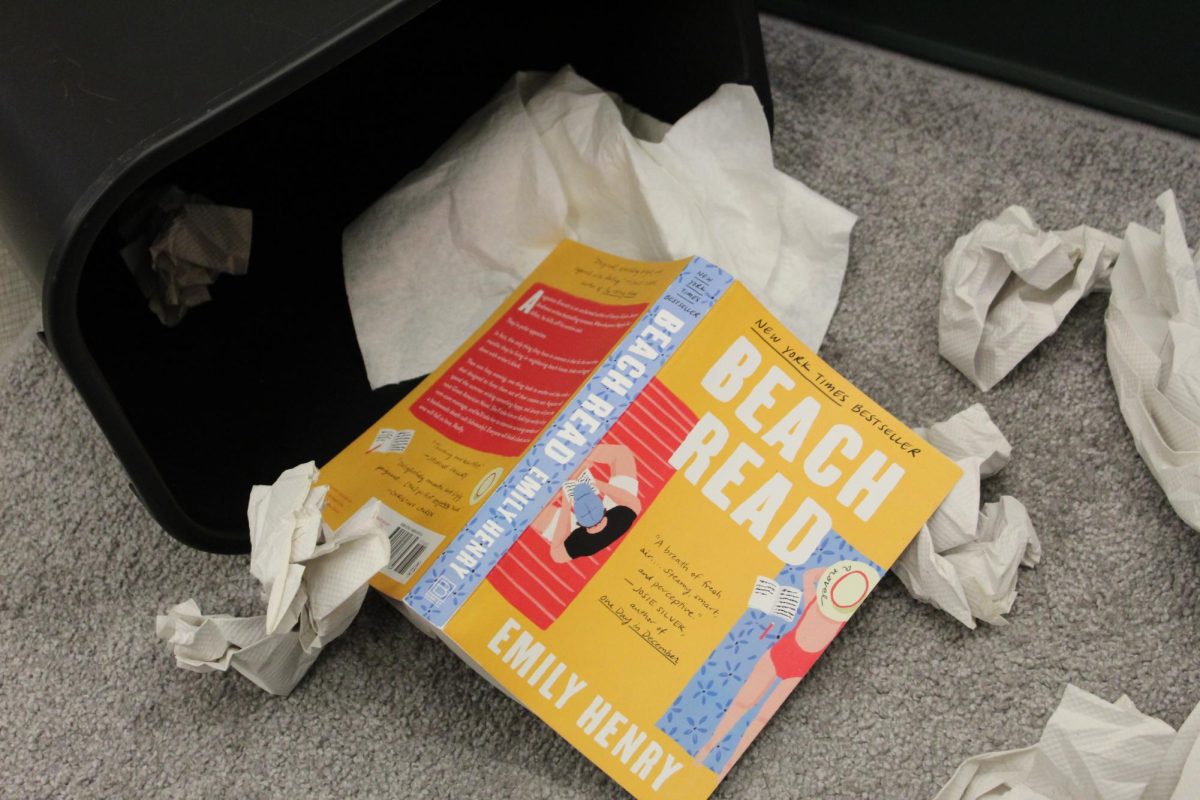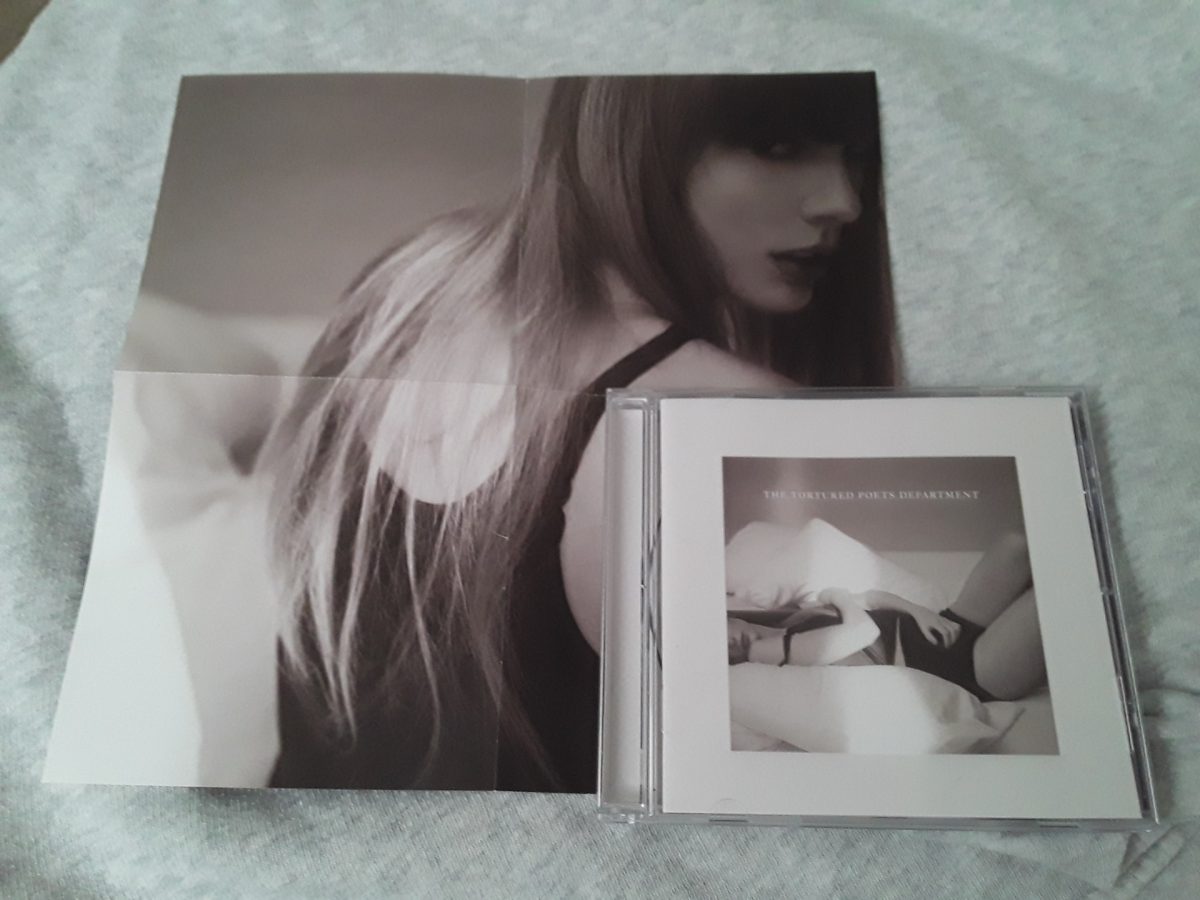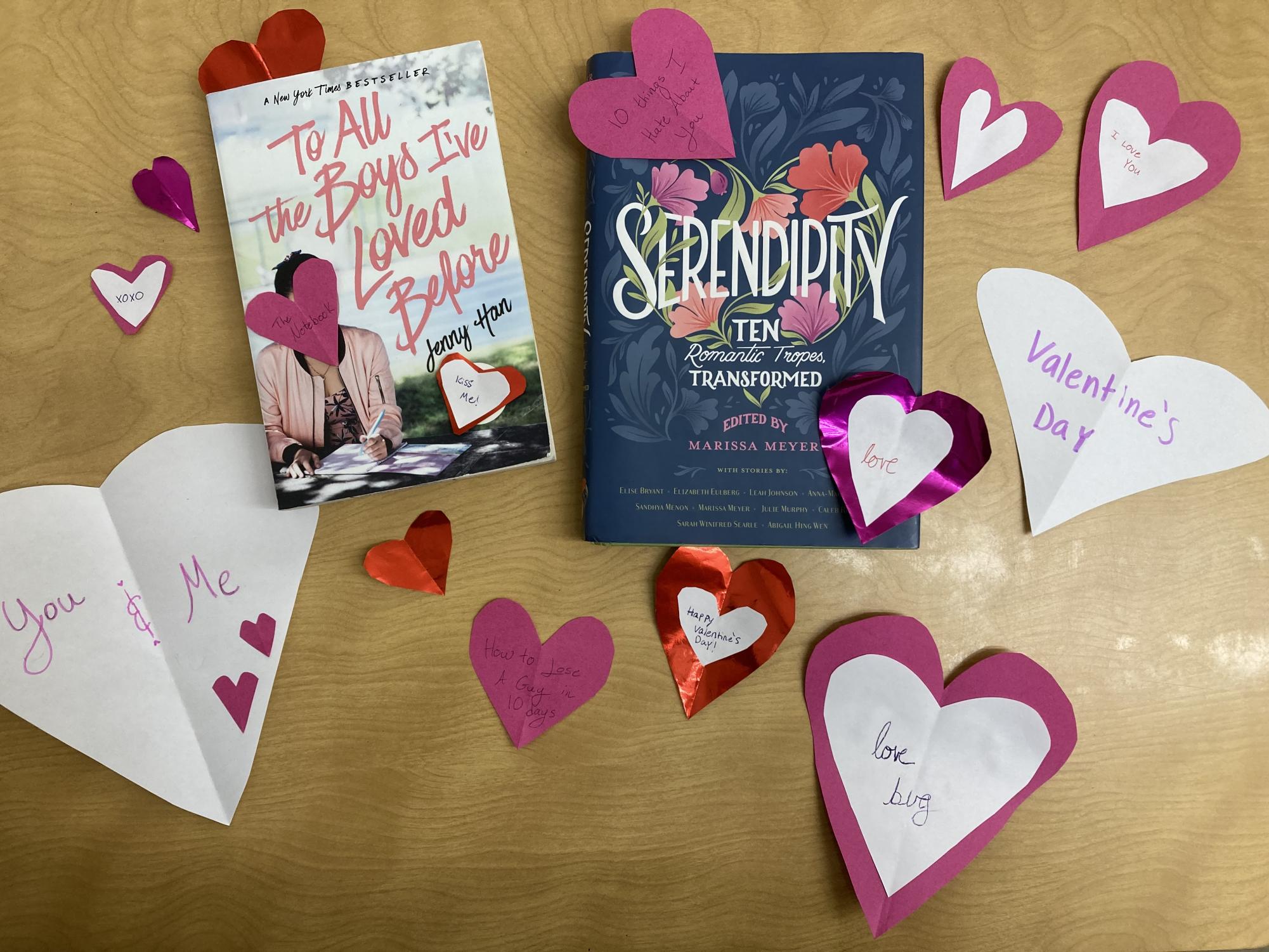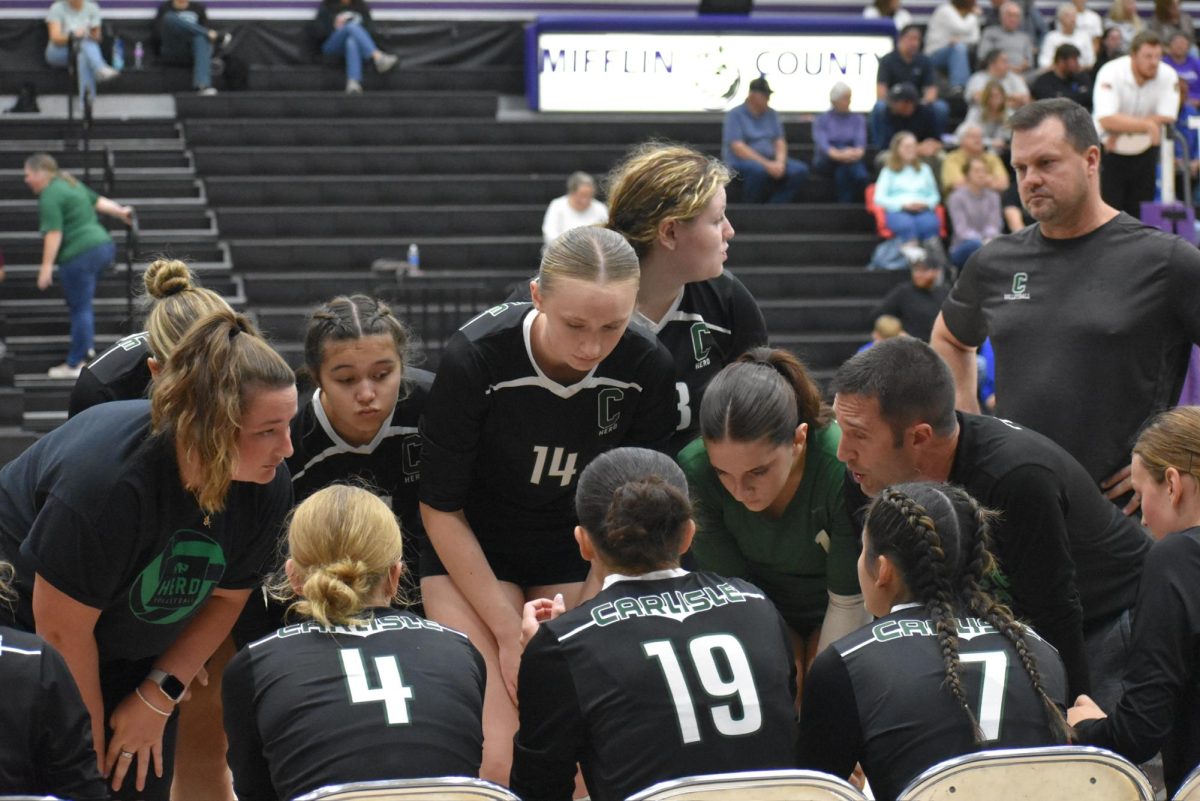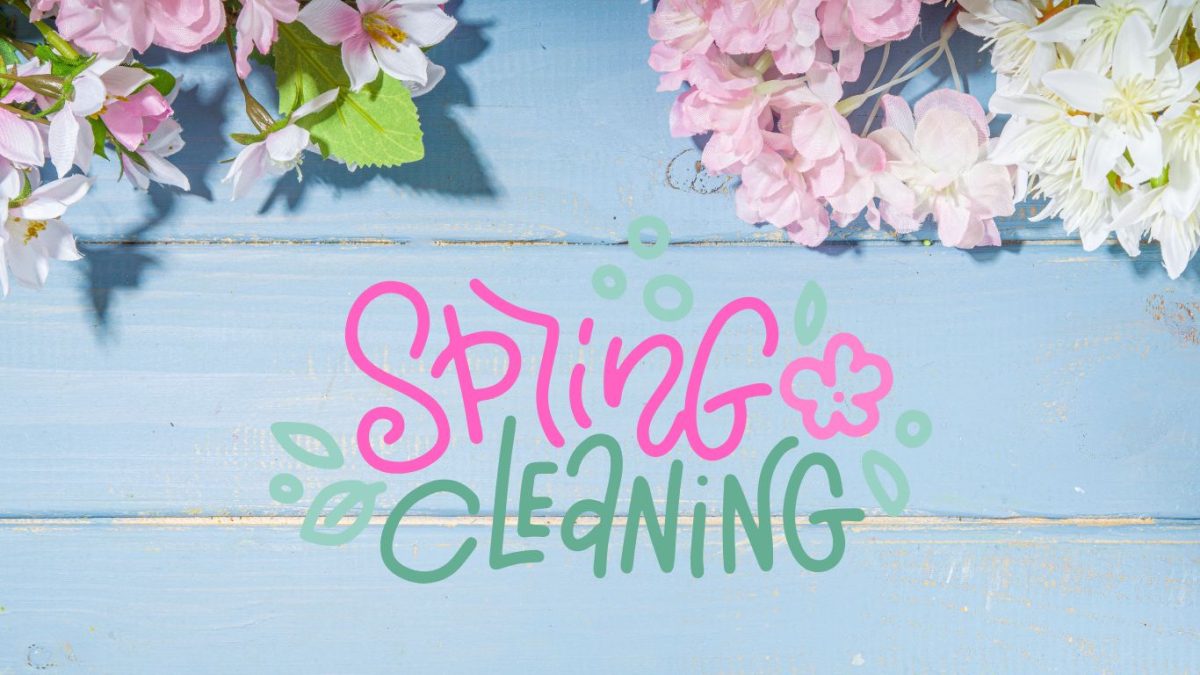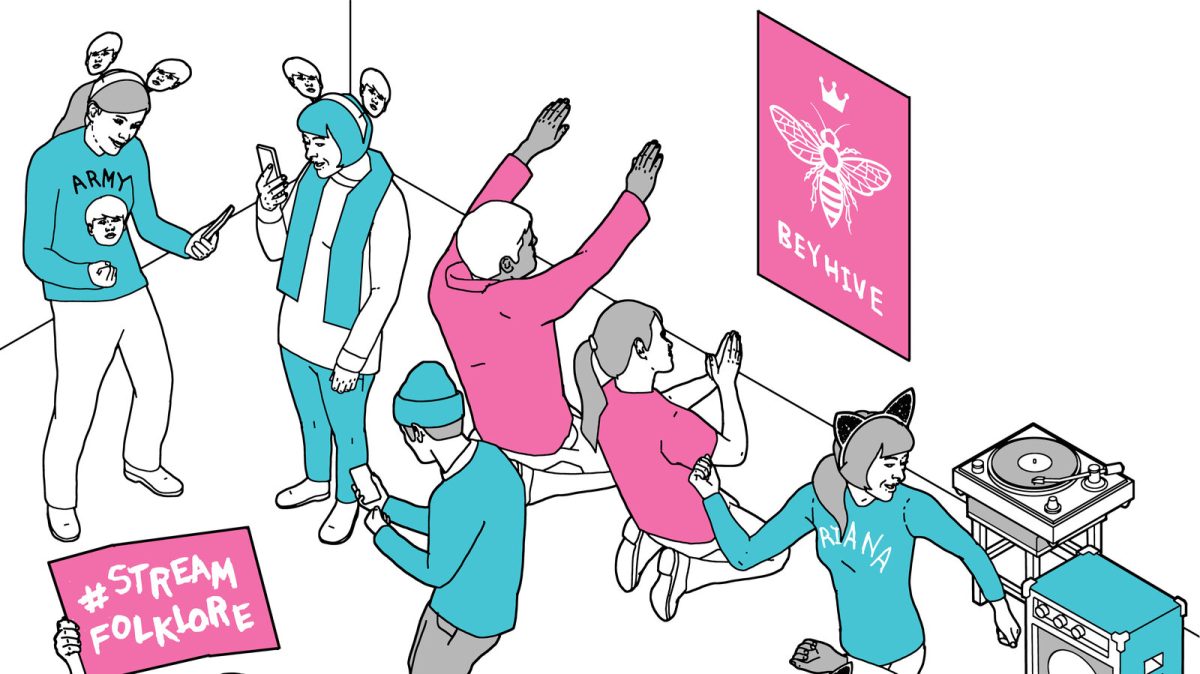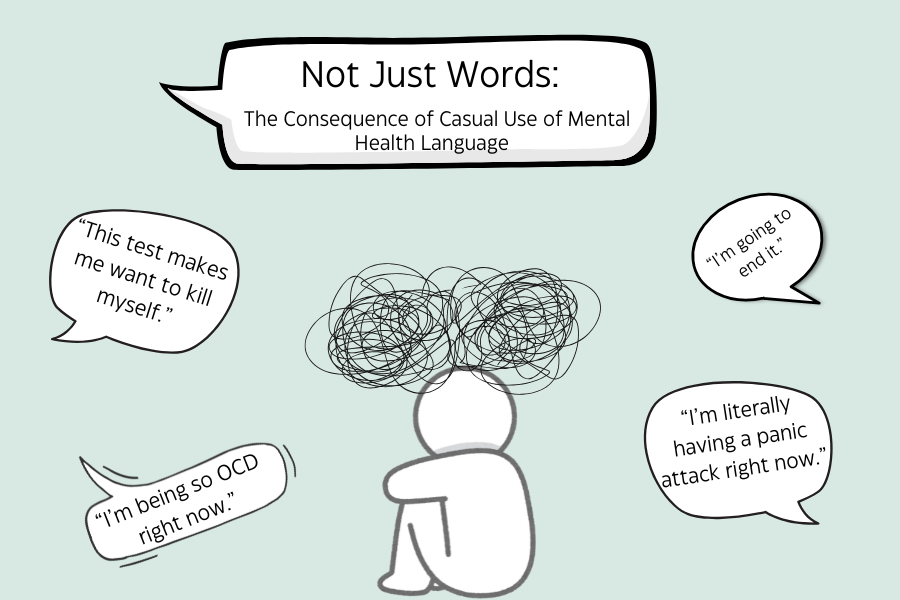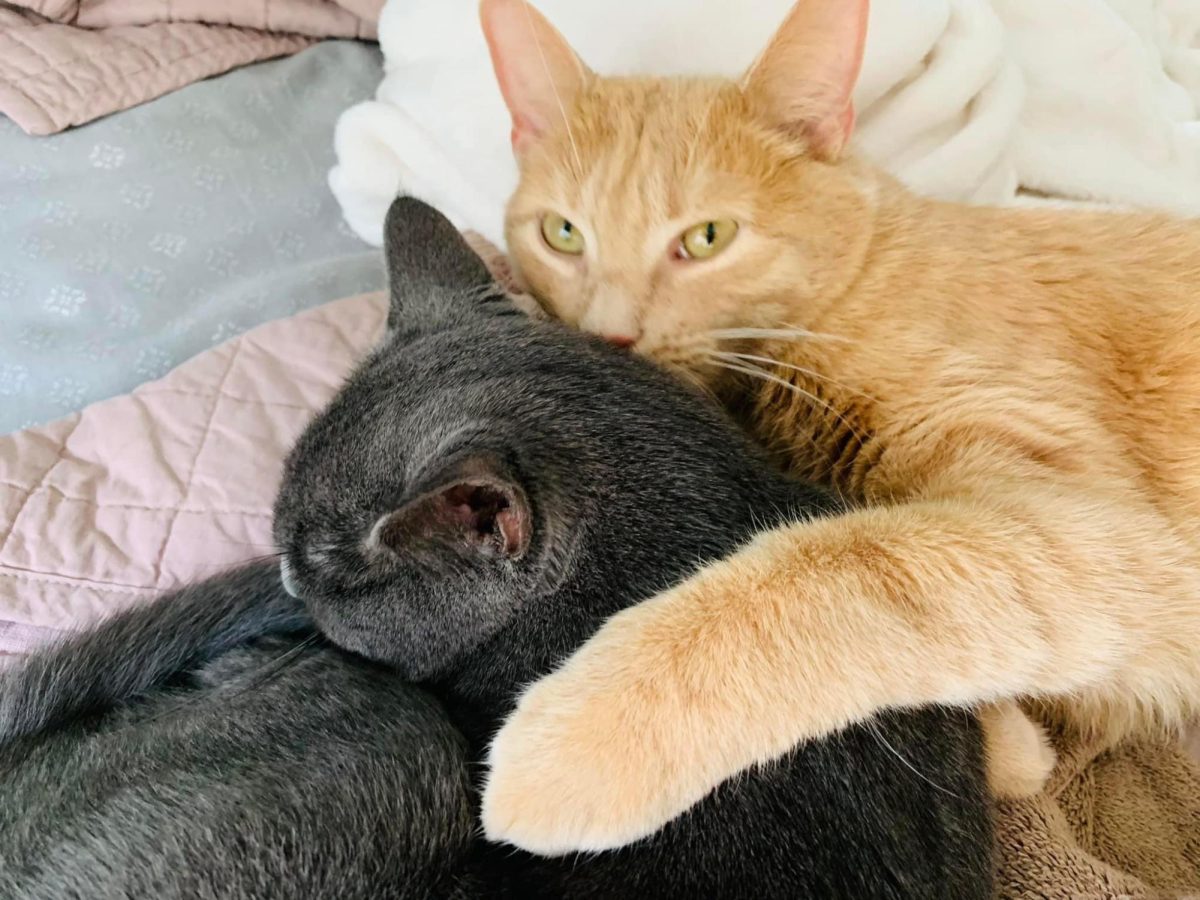From Taylor Swift to BTS to the NFL, fans have filled stadiums to witness their passions being brought to the world’s largest stage. They have sold out merchandise, flown across countries, and devoted their entire lives to people who don’t know their names. In this modern age, social media has allowed tangible communities to form in an online realm, connecting people who would have never interacted otherwise. But with all of the incredible upsides of fandoms, there are an equal amount of drawbacks – and many must learn to toe the line between healthy fascination and destructive obsession.
For many, fandom is a form of escapism. Something to immerse themselves in after a long day at a grueling job that does little to fulfill their internal deprivation and self-satisfaction. For people who find themselves existing within the margins of society, not quite able to find their place, it is their fandoms that give them comfort and community. By uniting over a shared interest – be it a global celebrity, a sports team, or a niche 2000s TV show – they find like-minded individuals to muse over their chosen vice, create content and foster creativity, and simply have a space to be themselves and rant about their innermost passions.
Being a fangirl catches a lot of flack – especially from those who have never been one in the first place – yet, being a fanboy doesn’t. What many don’t realize is that there’s little that differentiates a teenage girl obsessing over a K-pop group and a middle-aged man watching football in a Chiefs jersey. Both buy merchandise, fill up stadiums, and are emotionally invested in their band/team. So why is it that teen girls find themselves the butt of the jokes when football-invested uncles are seen as nothing more than the casual manifestation of American culture?
The answer is quite simple – because they’re women. Or, in better words, that they’re part of a female-dominated fanbase. The NFL, as an interest, is taken seriously because it is the epitome of masculinity in modern culture. They see men screaming at the top of their lungs over sweaty men tackling each other and don’t blink an eye, but when a girl cries her eyes out after seeing her favorite artist on stage, she’s told she’s “weird” and “obsessive.” Of course, parasocial relationships are a thing (and we will talk about that later) and I don’t mean to make a sweeping generalization as nothing is that nuanced, but it would merely take some observation to witness the evident double standard in this aspect of society.
When the masses see young women obsessing over groups of conventionally attractive men, they believe that the heart of their interest lies in their enticement to them. They don’t think about how the art or message has impacted them specifically, how they’ve helped them through hard times, or how the community has embraced them when no one else has. It’s unfair to boil fandom culture down to a bunch of mindless screaming girls when there are men who get into drunken fights and burn down cities after their team loses one game. For women, their enjoyment in their passions is often combated by an internal sense of shame in liking what they do – a stigma society has attached to the notion of fangirling, especially for older women. They are often dismissed and ignored for partaking in such frivolous things, making them feel guilty about it and hiding their feelings behind a small screen.
Fandoms not only act as a place for people to chat and interact about their desired topic but also allow space for fledgling creatives to share their work and gain traction. Fanart and fanfiction – while often dismissed as the work of giddy 12-year-olds self-inserting themselves with their celebrity crush – can be incredibly high-quality pieces of art that merely exist within the constraints of a franchise. Many artists, who can range from young teens to older adults, are given a chance to expose their talents to the world and receive praise for their work when they otherwise never would have. What many would be surprised to see is that much of the prose and writing quality on fan-dedicated sites like Archive of Our Own (AO3), often match or excel compared to many of the modern bestsellers. This is because they write simply to write – simply to bring a story seeded in the back of their mind to life, for the pure passion of it all rather than in a corporatized effort to put some money in their pocket by exploiting poorly made literature.
However, fandoms do bring the opportunity for those who excel in certain fields to cultivate large audiences of followers as well as profit from their work. When they are creating authentic art that is in demand, many will willingly pay them for commissioned works, creating strong interpersonal bonds within the fandom to help support each other. Other forms of fanwork, like zines (magazines) and festas (projects under a common theme), are often run to stimulate more creatives to share their work amongst their insular community. These artistic communities are free of judgment and full of supportive and constructive peers who help each other grow.
Unfortunately, fandoms aren’t all sunshine and rainbows. Inarguably, there are toxic parts of every fanbase that often overshadow the respectful and genuine supporters. Social media has played a large role in generating trolls who like to hide behind fake profile pictures and merely hate for the purpose of hating. Everyone knows that there can be massive grievances between fandoms, especially when their chosen artists or media are in a public feud, and these arguments often culminate in deep seated spite and resentment towards each other, often based on little fact or rationality.
But what many – who haven’t been in such communities – likely don’t know is that most of the arguments and toxicity occur within the fandoms and their various subsections. Like populations of people, fandoms are not a monolith, and social divides seem to creep their way into every aspect of society. As massive fanbases, it’s only natural that they would branch off into different cliques regarding their personal views and appeal toward their favorite. There are constant debates over topics from their problematic choices to sexualities and relationships, that often spur into even deeper arguments to the point that either side has constructed their entirely own perception of them. These insular subcommunities often form into echo-chambers, where the members reinforce each other’s preconceived notions – whether they are fact or not – and double down on their beliefs.
Another example of toxic fandom subsections are shippers– those notoriously known for supporting a romantic pairing between two characters or real people. For fictional ships, they are often harmless, although they may ignite fan wars between opposing shippers. Regardless, they foster art and creativity among their fans, while creating a more niche community within the fandom for those to interact with. However, things can get rocky when it comes to real person ships – like when there are popular bands or reality TV shows. Often, the bandmates are shipped in a multitude of ways, each pairing having its own nickname for those who gravitate towards them. However, they add an extra layer of involvement and a new lens through which to view the content they produce. Often, devout shippers will look far too deeply into content, searching for illicit movements and seconds of eye contact to act as proof for their believed love story. A confirmation bias develops in their mind until they find themselves sucked into an endless spiral in which the only plausible option in their mind is the belief they reinforce.
Unsurprisingly, shipping culture creates lots of tension and rift among fandoms, and sometimes, even influences the actions of the celebrities themselves. Their hyper-awareness of their fandom could lead to them participating in acts of “fanservice” to elicit excitement from the shippers, but it often works adversely, resulting in hate in one way or another to someone who is seemingly ruining their ship. At the end of the day, it’s important to remember that the content that is put out to us is only a small fraction of their real lives and that many celebrities put on a persona when they find themselves in front of a camera. No one truly knows who they are or who they sleep with, nor are we entitled to know. The best place for a fan is to walk the fine line between their performance and their private lives, and it’s important to know where you stand.
Another thing that many fans need to learn; celebrities are human too. Yes, they’re draped in designer clothing on red carpets and stand on stages in front of thousands of people, but their godlike presence within our hierarchical society does not denote them from their humanity. Fans often see themselves as mere peasants created to serve their monarch, and while it can be funny (and sometimes comforting) to degrade yourself to that level, it is important to not fall trap and lose yourself in the process. Because even though Taylor Swift says she loves you and appreciates you deeply, that doesn’t change the fact that at the end of the day, she’s a billionaire and you’re a broke fan merely trying to survive off a working salary while trying to afford an $100 Eras tour hoodie. If you ever get too caught up in it all, remind yourself that you are a person with your own life, and Taylor won’t disown you if you don’t go to all of her shows or stream her songs all day long – in fact, she likely doesn’t care or notice either way.
Celebrities don’t just exist on a separate social class level, but also, on a different scale of wealth. Their lives, mixed with the fame and paparazzi, are nearly impossible for common folk like us to comprehend. While I try to give everyone the benefit of the doubt and appreciate those who are genuine and use their platform for good, there are plenty who do the opposite. There are plenty who buy into their label and sell away their art and authenticity for a contract and a fat check. The corporatization of artists is one of the main reasons that the public has shifted its view on a successful career from well-made, cohesive albums with an overarching message and melodic component, to smash-hit singles with 17 different versions to get to the top of the Billboard charts. Now, good art is measured through numbers and records and charts, which would be fine, if streaming services weren’t so corrupted by fanbases already. The culture of mass streaming makes art feel inauthentic like it’s merely a product to mindlessly consume rather than to embrace and interpret. It has reacted adversely to the art itself, many songs filled with catchy, but soulless lyrics put to a beat made by a popular producer. In this modern culture, it’s hard for real artists to flourish within it.
Essentially, fandom culture has not only taken over but shaped modern society in innumerable ways. Like all things, it has its upsides and downsides, and it’s unfair to shove such a nuanced topic into a distinct moral box. More likely than not, we have all been in at least one fandom in our lives and found ourselves drawn to a small faction of civilization that just so happens to share the same interest as you. It’s something that can bring out the absolute best and worst of humanity – an unbridled passion that manifests in both innovative and destructive ways. As a consumer, it is imperative to not fall into any marketing traps that your favorite may sell to you, no matter how enticing, and to keep a healthy distance from the people you invest so much into. At the end of the day, they may not know your name, but if they bring you joy – that’s all that matters.




